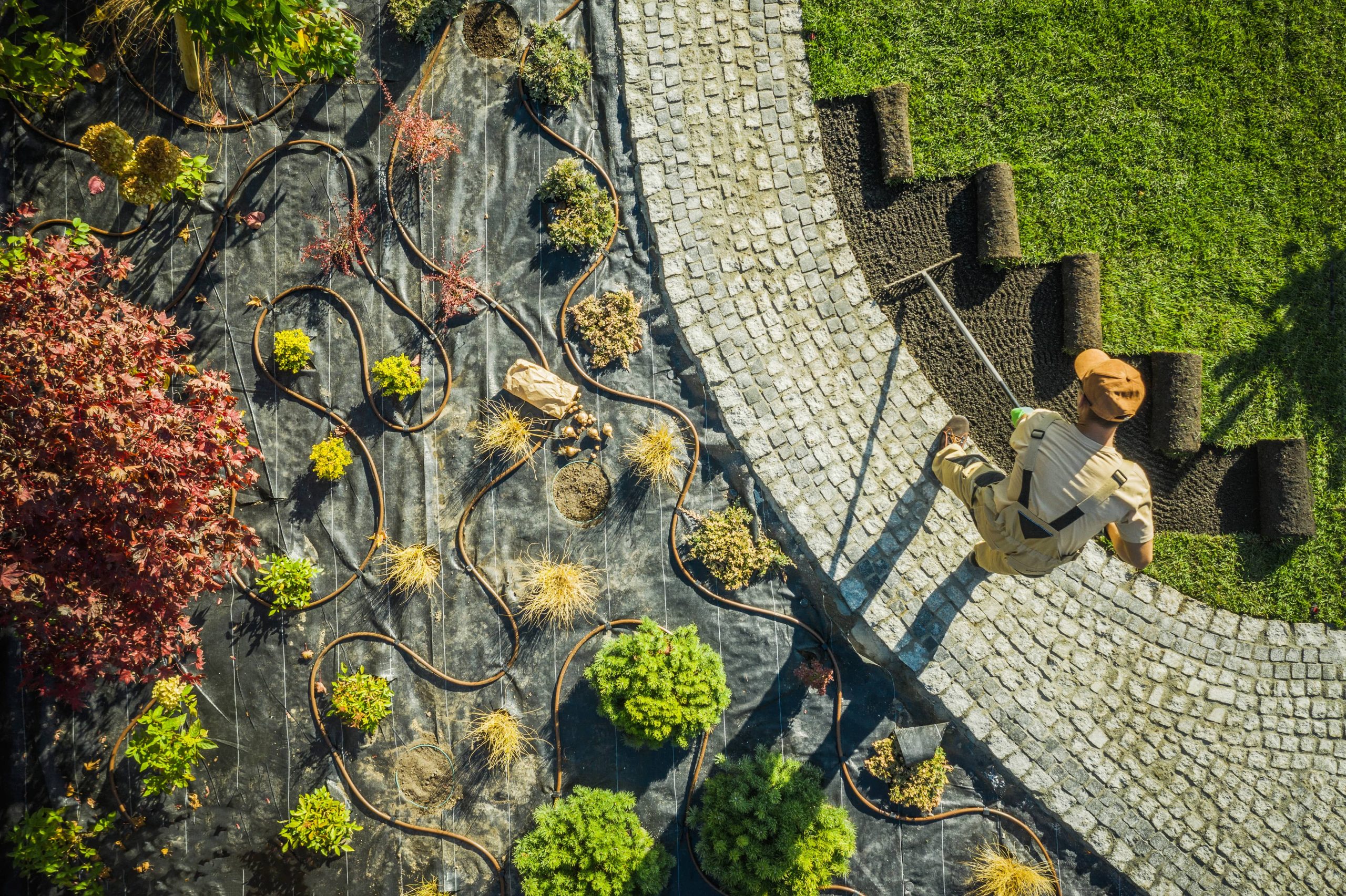
Mulching is an essential practice for any gardener looking to enhance the health and aesthetics of their garden beds. It involves covering the soil with a protective layer of material, which can be organic or inorganic. This simple yet effective technique offers numerous benefits, including moisture retention, temperature regulation, weed suppression, and soil enrichment. In this blog post, we’ll explore some of the most effective techniques for mulching garden beds, helping you create a thriving and beautiful garden.
Understanding Mulch Types
Before diving into mulching techniques, it’s crucial to understand the different types of mulch available. Mulches can be broadly categorized into organic and inorganic types:
1. Organic Mulch: This includes materials like wood chips, straw, grass clippings, leaves, and compost. Organic mulches decompose over time, enriching the soil with nutrients.
2. Inorganic Mulch: These are materials like gravel, stones, and landscape fabric. They do not decompose and are often used for decorative purposes or in areas where long-term weed control is desired.
Preparing Your Garden Bed
Before applying mulch, proper preparation of the garden bed is essential. Start by removing any existing weeds and debris. This ensures that the mulch will effectively suppress new weed growth. Next, water the soil thoroughly. Moist soil will help the mulch retain moisture and provide a better environment for plant roots.
Choosing the Right Mulch
Selecting the right mulch depends on your garden’s needs and your personal preferences. For vegetable gardens, organic mulches like straw or grass clippings are ideal as they decompose and enrich the soil. For ornamental gardens, wood chips or bark mulch can add a decorative touch while providing the necessary benefits.
Applying Mulch
1. Layer Thickness: Apply mulch in a layer that is 2 to 4 inches thick. Too thin a layer won’t effectively suppress weeds, while too thick a layer can prevent water and air from reaching the soil.
2. Avoid Mulch Volcanoes: When mulching around trees and shrubs, avoid piling the mulch against the trunk or stems. This can lead to rot and pest problems. Instead, create a donut shape, leaving a gap around the base of the plant.
3. Replenish Regularly: Organic mulches decompose over time, so it’s important to replenish them regularly. Check your mulch layer every few months and add more as needed to maintain the desired thickness.
Timing Your Mulching
The timing of mulching can impact its effectiveness. In most climates, the best time to apply mulch is in the spring, after the soil has warmed up but before the heat of summer. This helps retain moisture and suppress weeds during the growing season. In colder climates, a layer of mulch applied in the fall can protect plant roots from freezing temperatures.
Benefits of Mulching
1. Moisture Retention: Mulch acts as a barrier, reducing evaporation and helping the soil retain moisture. This is especially beneficial during dry spells, reducing the need for frequent watering.
2. Temperature Regulation: Mulch insulates the soil, keeping it cooler in the summer and warmer in the winter. This creates a more stable environment for plant roots.
3. Weed Suppression: A thick layer of mulch blocks sunlight, preventing weed seeds from germinating. This reduces competition for nutrients and water, allowing your plants to thrive.
4. Soil Enrichment: As organic mulches decompose, they add valuable nutrients to the soil, improving its structure and fertility.
5. Erosion Control: Mulch helps prevent soil erosion by reducing the impact of rain and wind on the soil surface.
Common Mulching Mistakes
1. Over-Mulching: Applying too much mulch can suffocate plant roots and lead to poor growth. Stick to the recommended 2 to 4-inch layer.
2. Using the Wrong Mulch: Not all mulches are suitable for all plants. Research the needs of your specific plants and choose a mulch that complements them.
3. Ignoring Mulch Decomposition: Organic mulches break down over time. Failing to replenish them can lead to a thin layer that doesn’t provide the desired benefits.
Conclusion
Mulching is a simple yet powerful technique that can transform your garden beds. By choosing the right mulch, applying it correctly, and maintaining it over time, you can enjoy healthier plants, fewer weeds, and a more beautiful garden. Whether you’re a seasoned gardener or just starting, incorporating effective mulching techniques into your routine will yield impressive results. Happy gardening!







